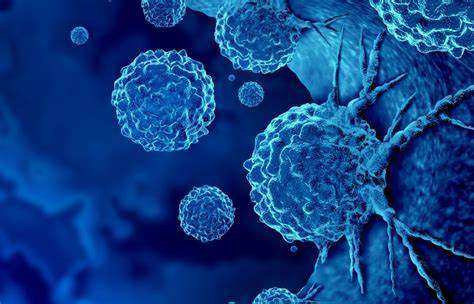Recent studies have highlighted a compelling correlation between residing at higher elevations and a decreased incidence of certain cancers. This phenomenon suggests that environmental and physiological factors associated with high-altitude living may contribute to reduced cancer rates.
Key Findings
A notable study observed that for every 1,000-meter increase in elevation, lung cancer cases decreased by approximately 7.23 per 100,000 individuals, equating to a 12.7% reduction compared to average rates. This trend was second only to smoking habits as a predictor of lung cancer risk.
Further research has indicated that populations residing in high-altitude regions, such as parts of the United States and China, exhibit lower cancer prevalence and mortality rates.
Potential Contributing Factors
Several hypotheses have been proposed to explain the inverse relationship between elevation and cancer rates:
- Reduced Air Pollution: Higher elevations often experience cleaner air due to fewer vehicles, industries, and dust, leading to lower concentrations of particulate matter—a known carcinogen.
- Hypoxia-Induced Effects: At high altitudes, the atmosphere contains less oxygen, a condition known as hypoxia. Surprisingly, hypoxia can have protective effects, potentially inhibiting the proliferation of cancer cells.
- Radiation Hormesis: Natural background radiation levels increase with elevation. Some studies suggest that low levels of radiation may stimulate protective biological responses, a concept known as radiation hormesis.
- Lifestyle Factors: Individuals living at higher altitudes may engage in more physical activity and have lower body mass indices, both of which are associated with reduced cancer risk.
Conclusion
While the association between higher elevations and lower cancer rates is compelling, it is essential to approach these findings with caution. The observed correlations do not establish causation, and further research is necessary to understand the underlying mechanisms fully. Nonetheless, these insights open new avenues for exploring cancer prevention strategies and underscore the potential influence of environmental and lifestyle factors on health outcomes.



